Serpulids [Serpulidae]
Description
Serpulidae, often referred to as tube worms, is a family within the order Sabellida characterized by calcareous tubes, which are created by the worms for protection. These marine worms are sessile and attach to hard substrates in a variety of marine environments, from intertidal zones to the deep sea. Serpulids have a crown of tentacles, known as a radiole, which is used for feeding and respiration. The tentacles can be withdrawn into the tube, which is sealed off by an operculum, a specialized structure that acts as a door. Serpulids are important ecosystem engineers, contributing to reef construction and the marine calcium cycle.
Genera
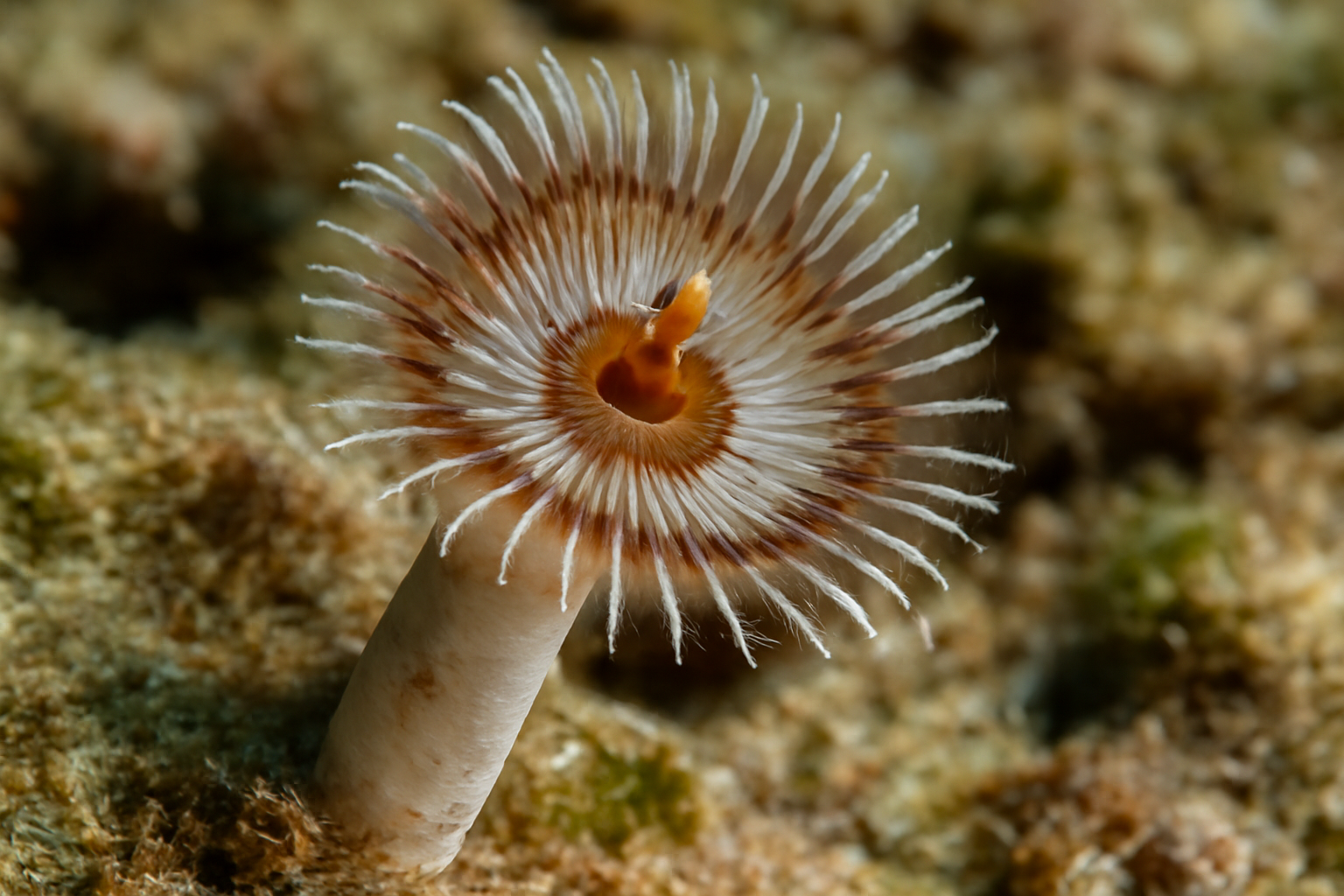
Calcisabella [Calcisabella]
View Details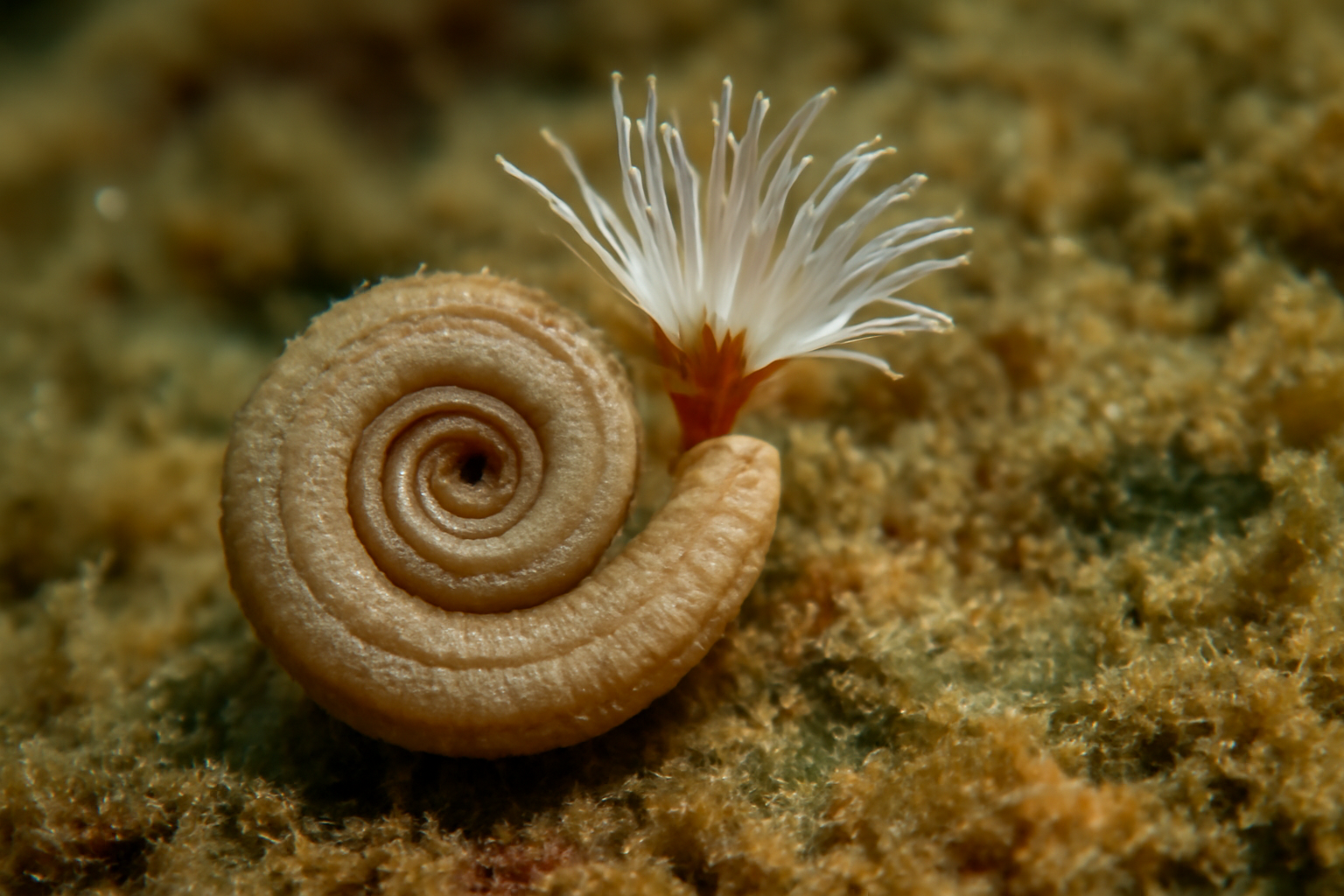
Dexiospira [Dexiospira]
View Details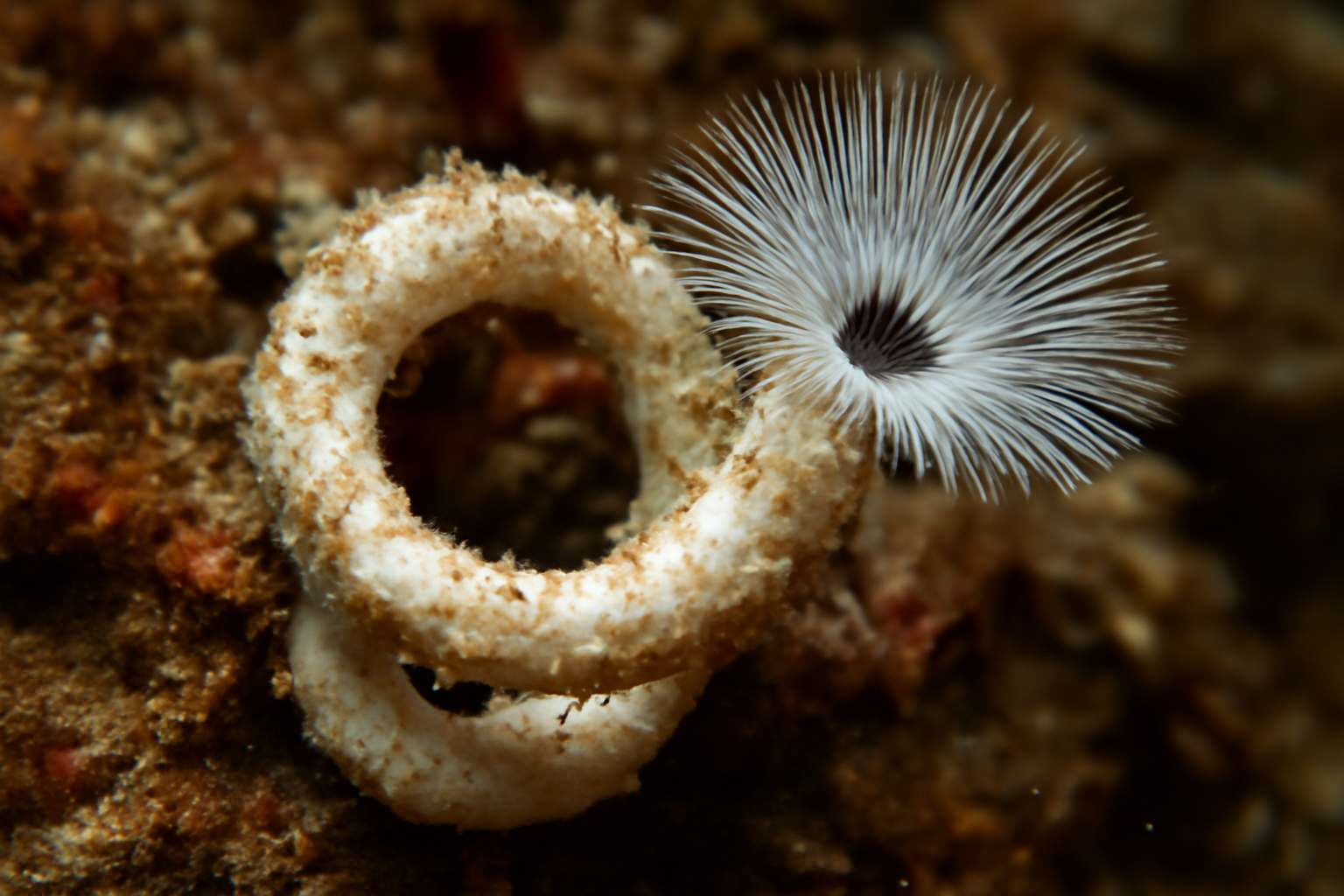
Filogranula [Filogranula]
View Details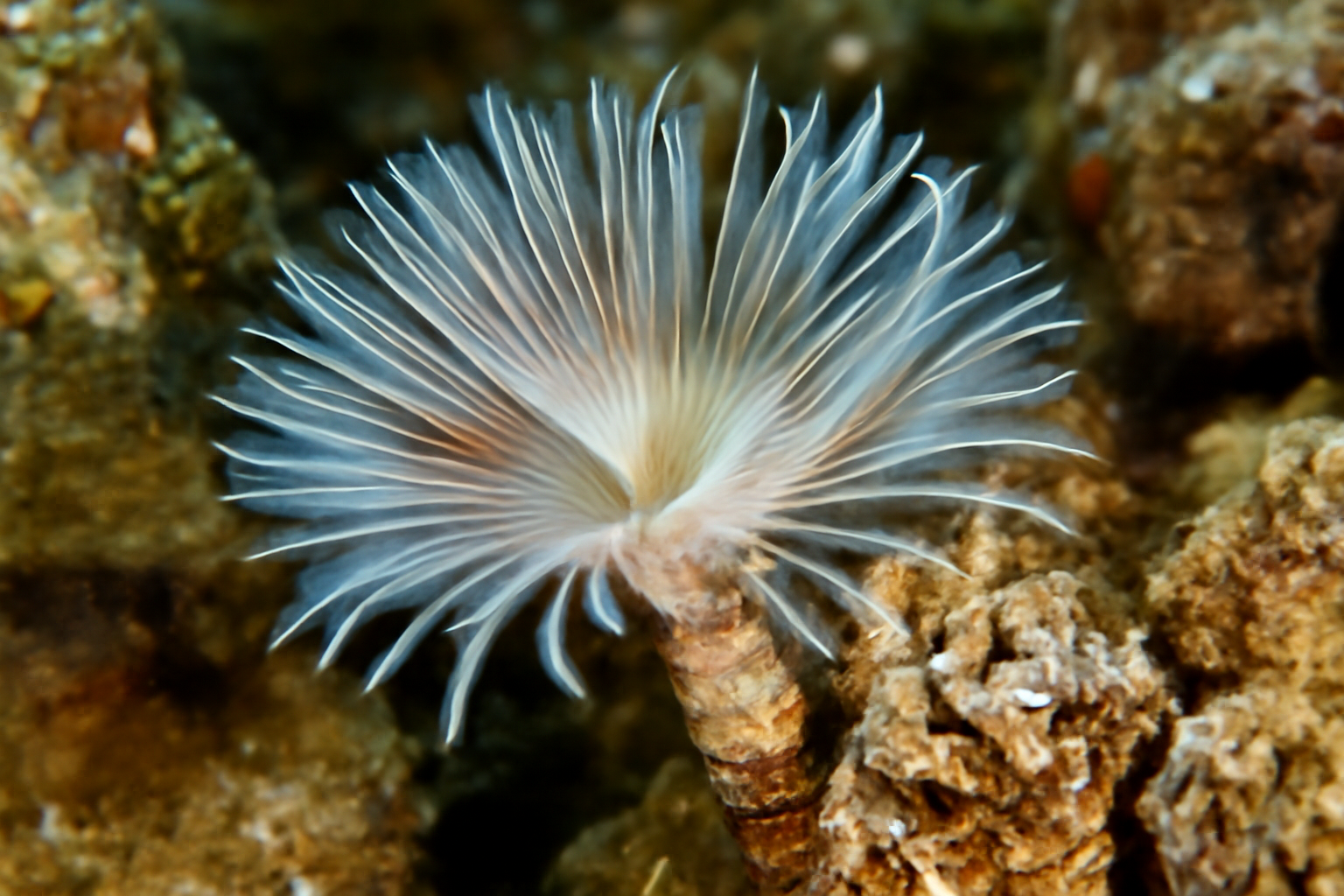
Ficopomatus [Ficopomatus]
View Details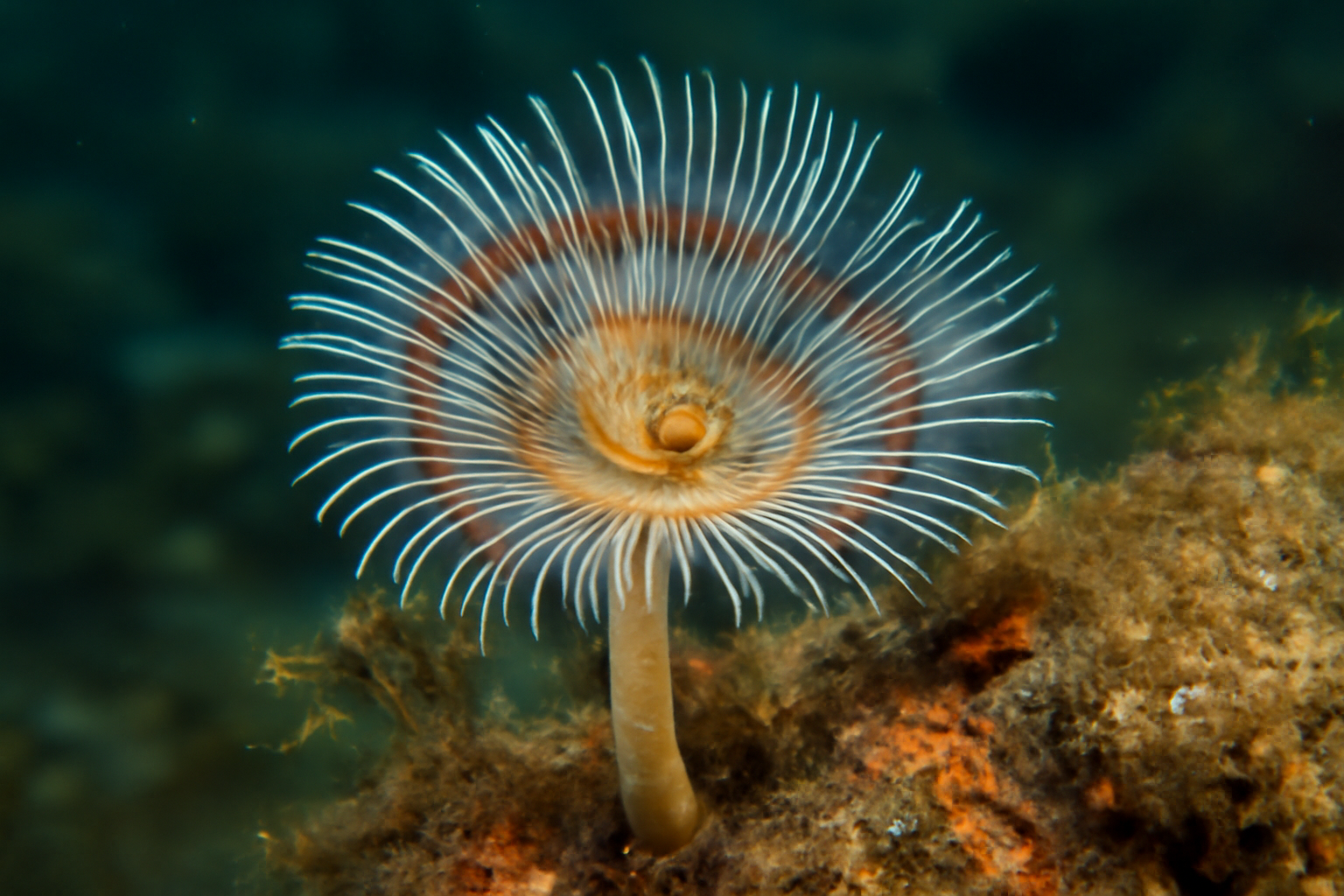
Hydroides [Hydroides]
View Details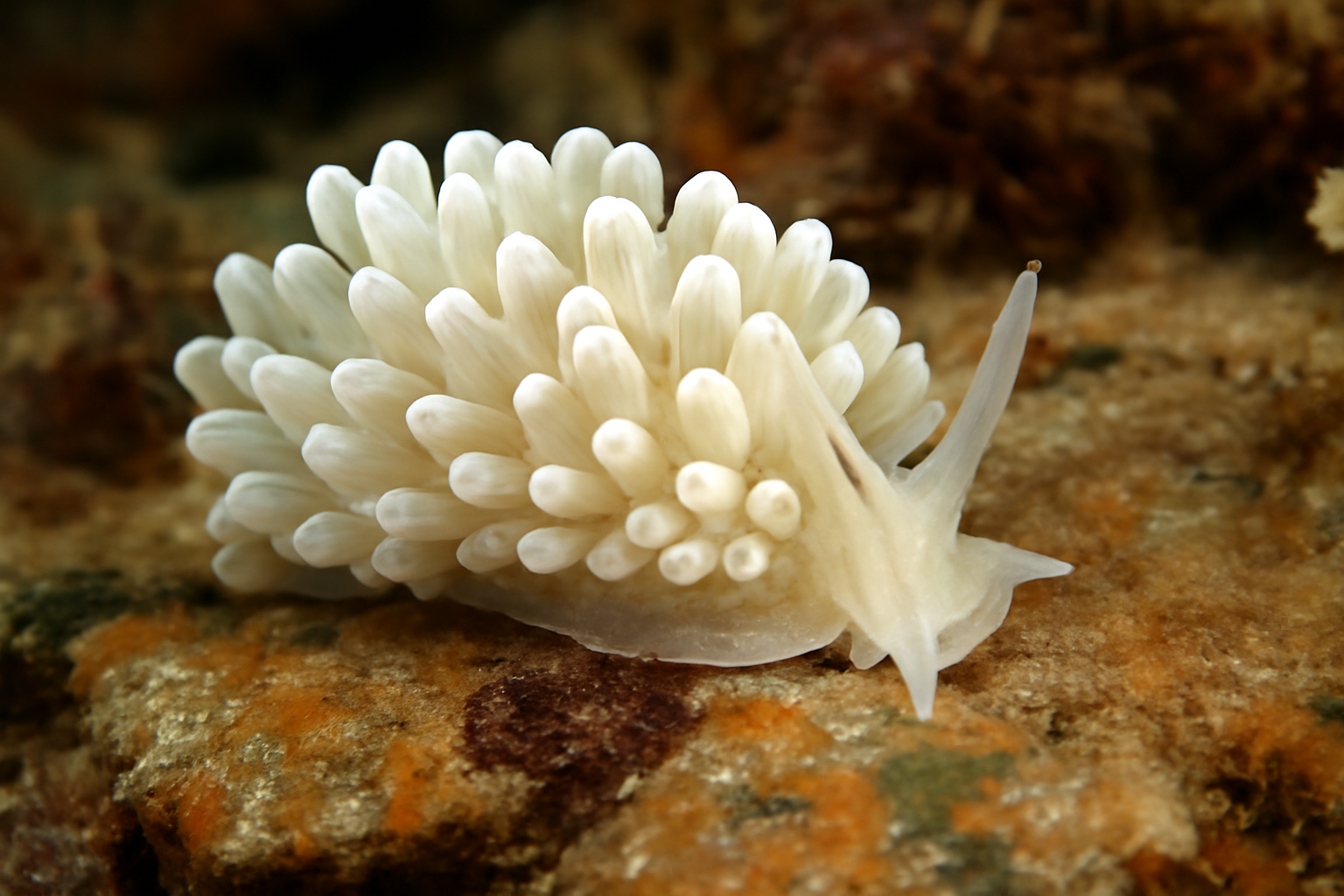
Josephella [Josephella]
View Details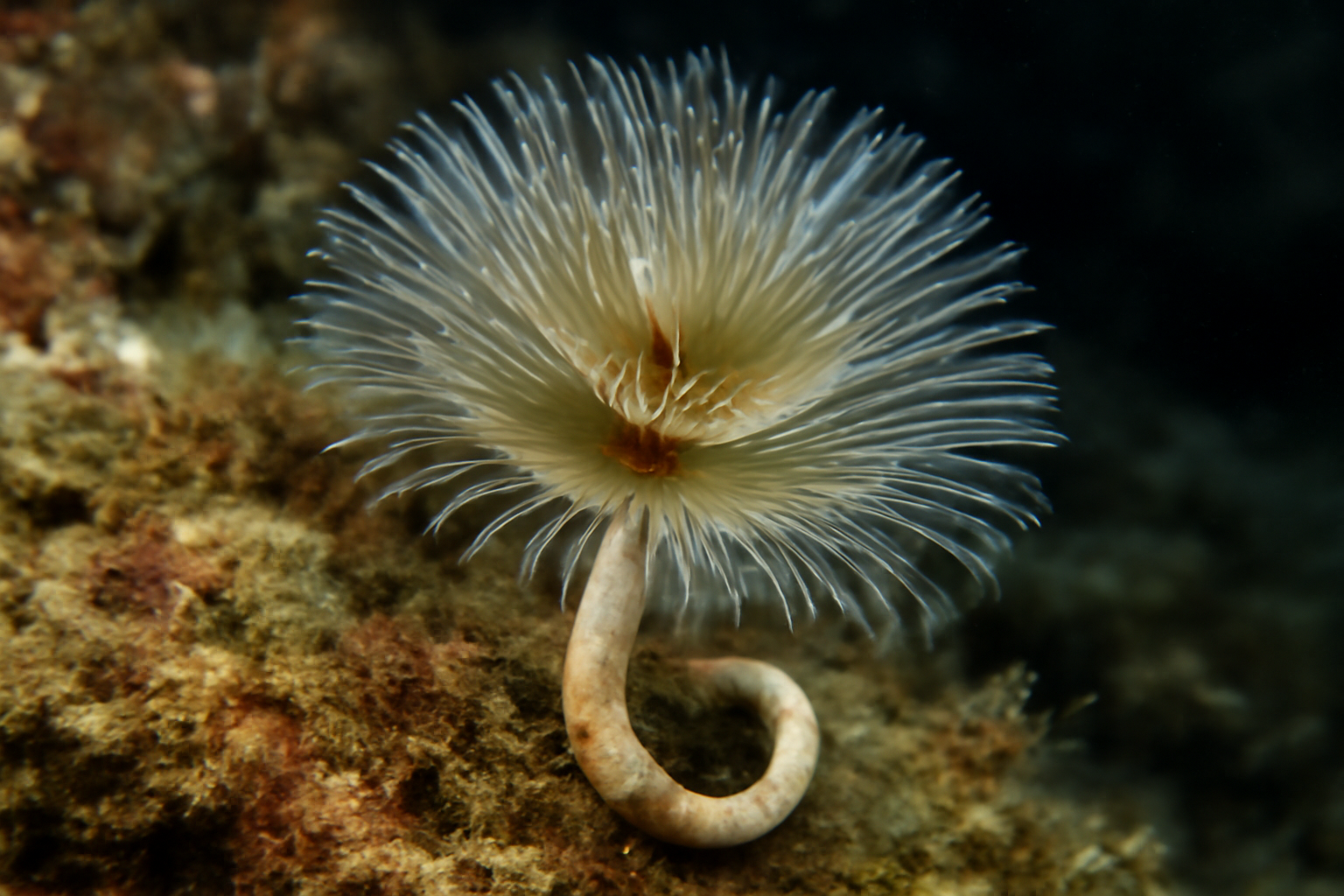
Pomatoceros [Pomatoceros]
View Details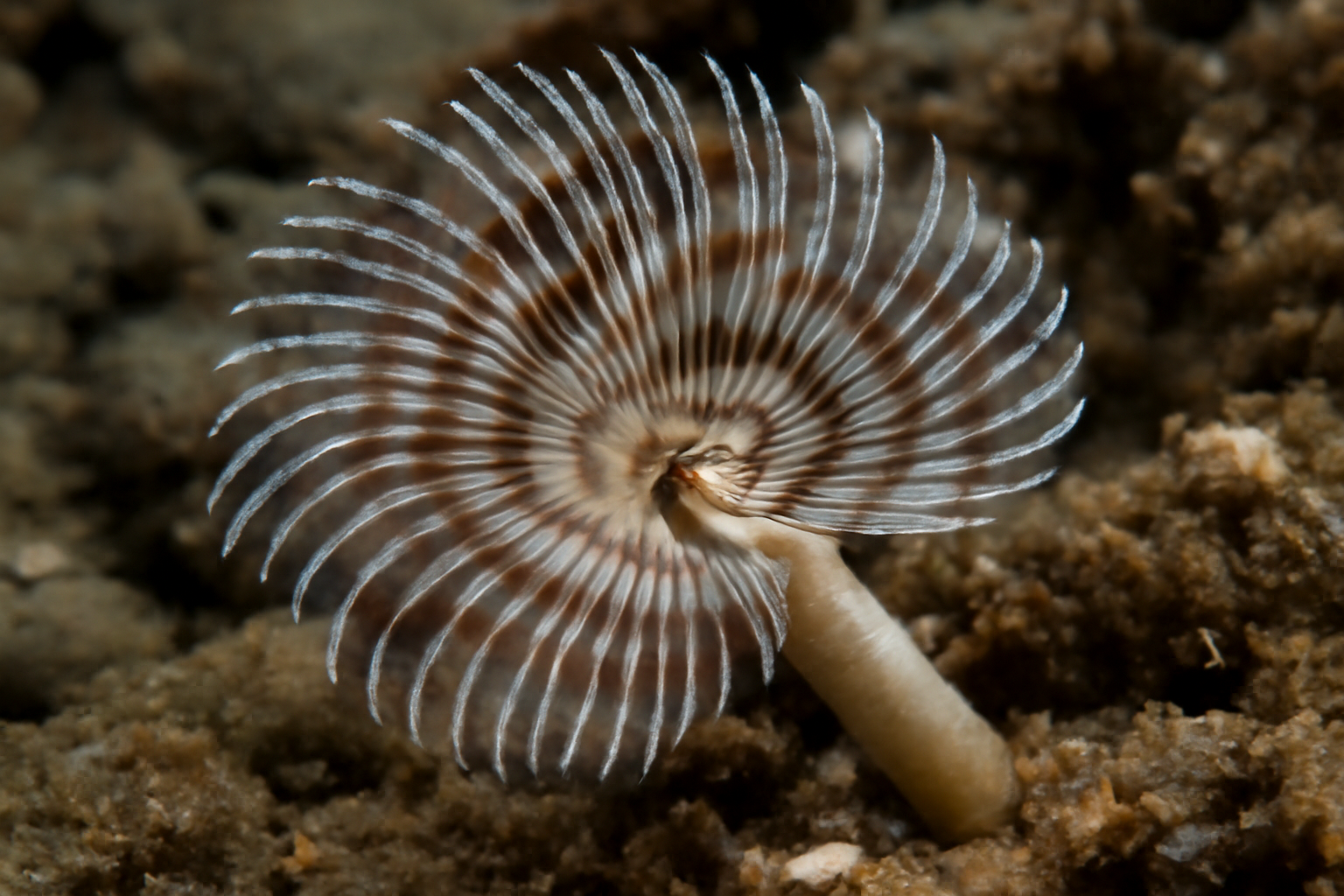
Pomatoleios [Pomatoleios]
View Details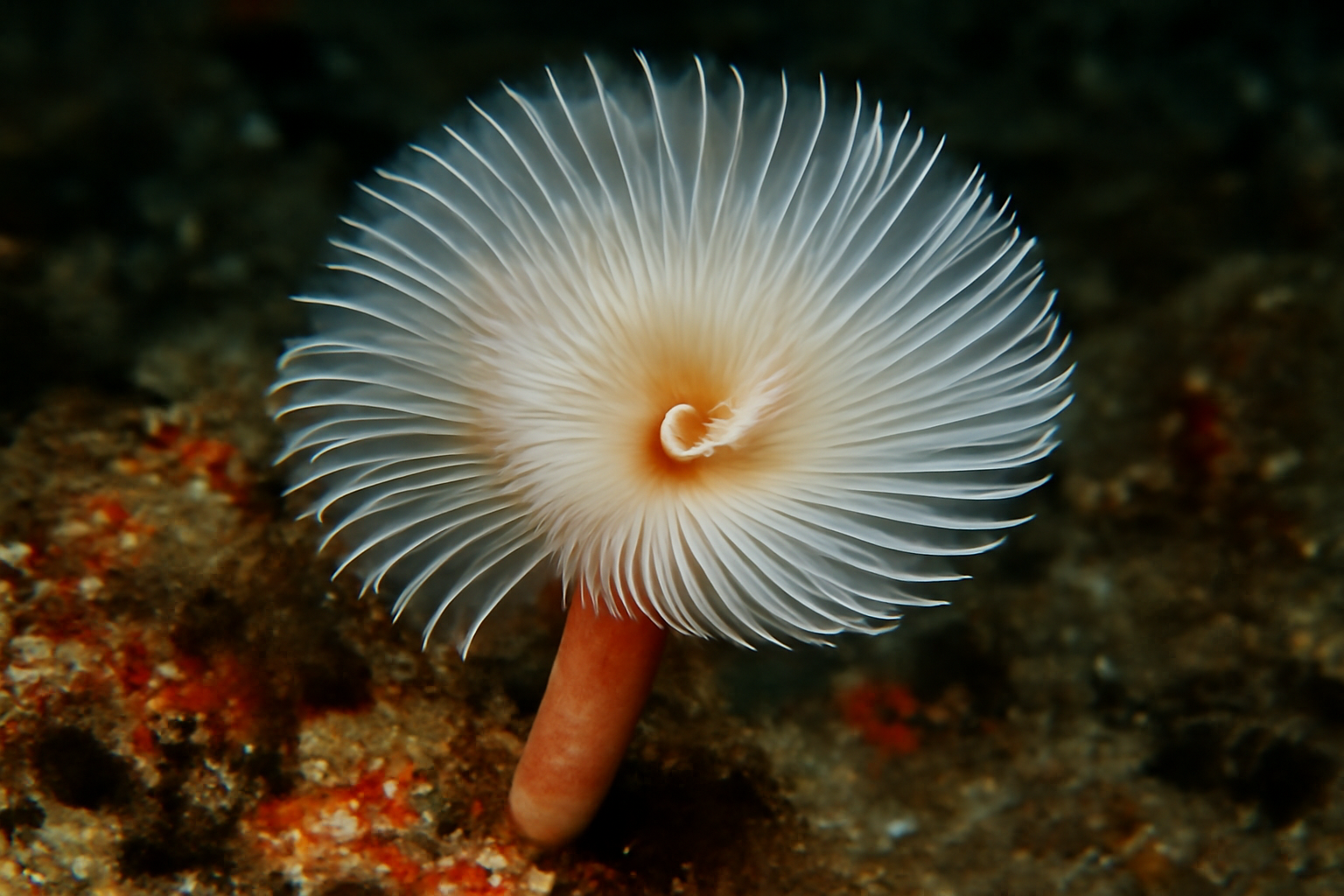
Protula [Protula]
View Details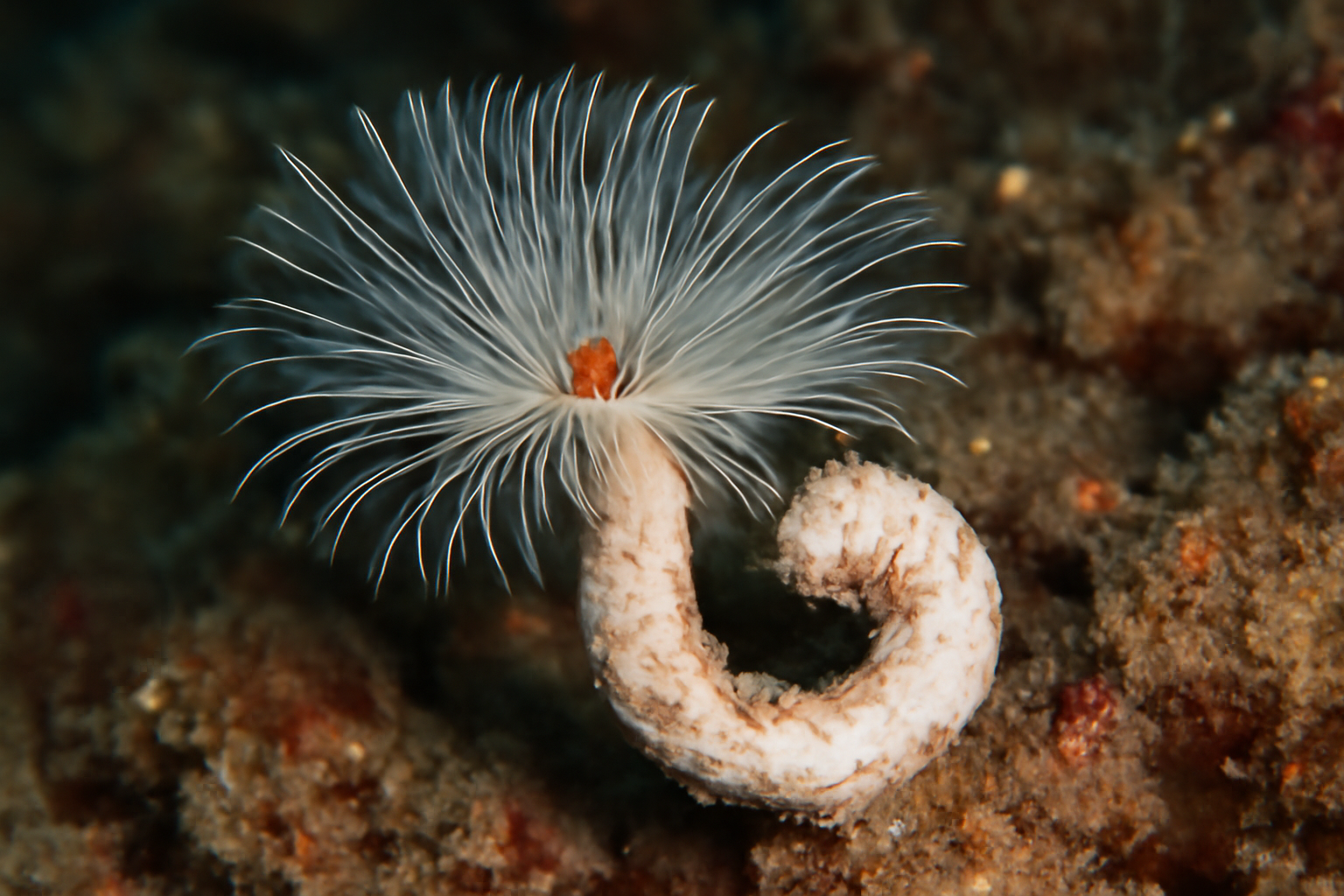
Pseudovermilia [Pseudovermilia]
View Details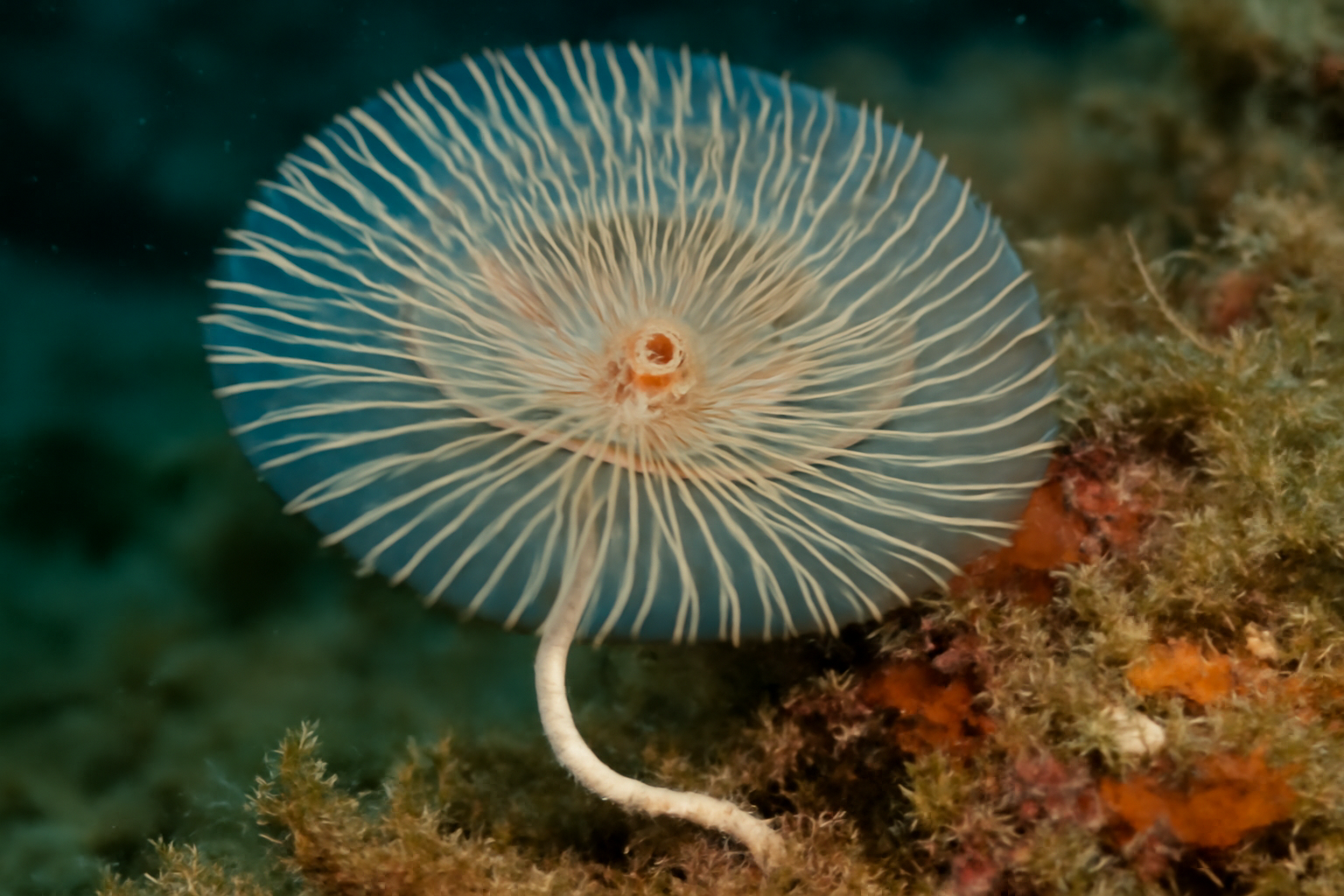
Salmacina [Salmacina]
View Details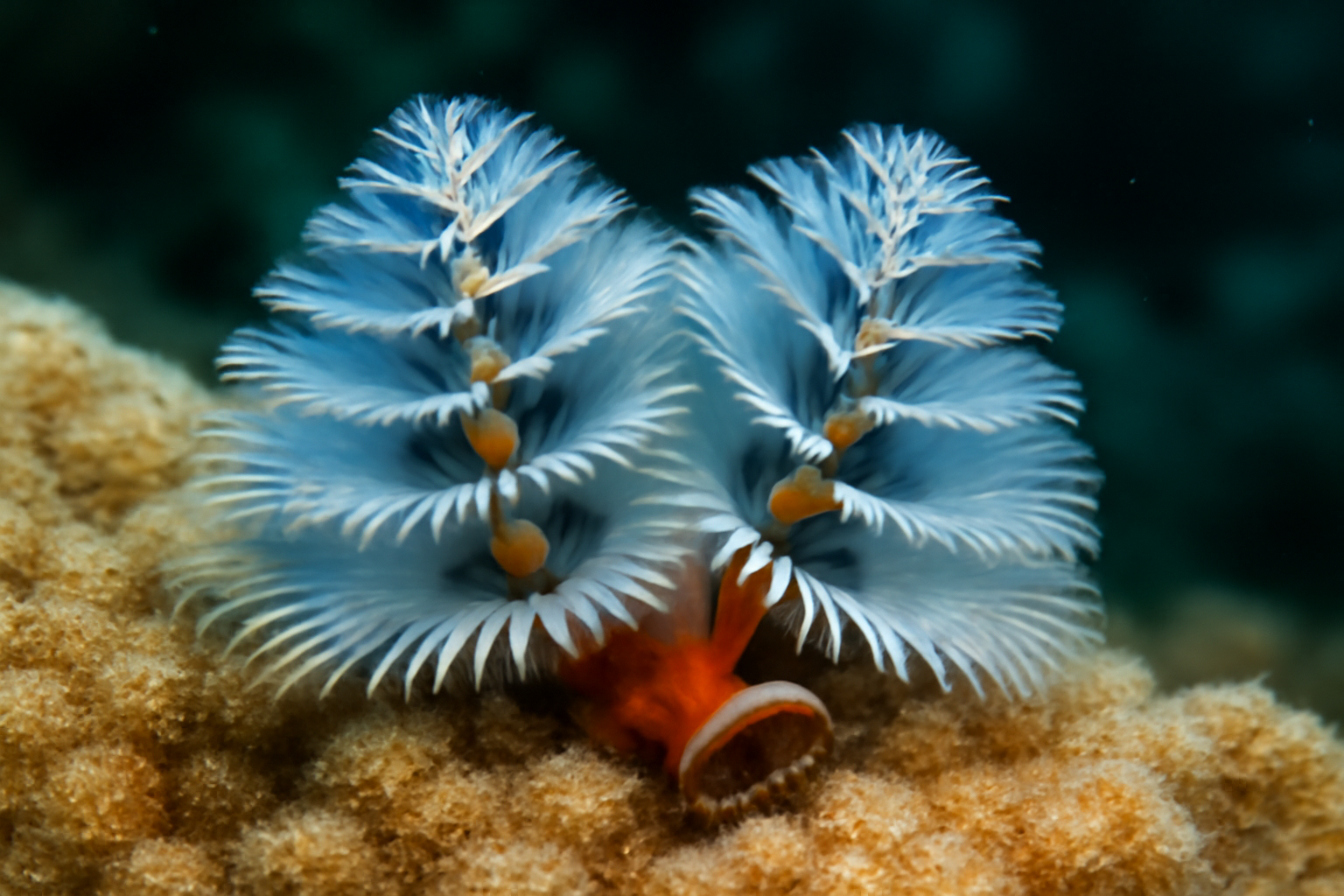
Spirobranchus [Spirobranchus]
View Details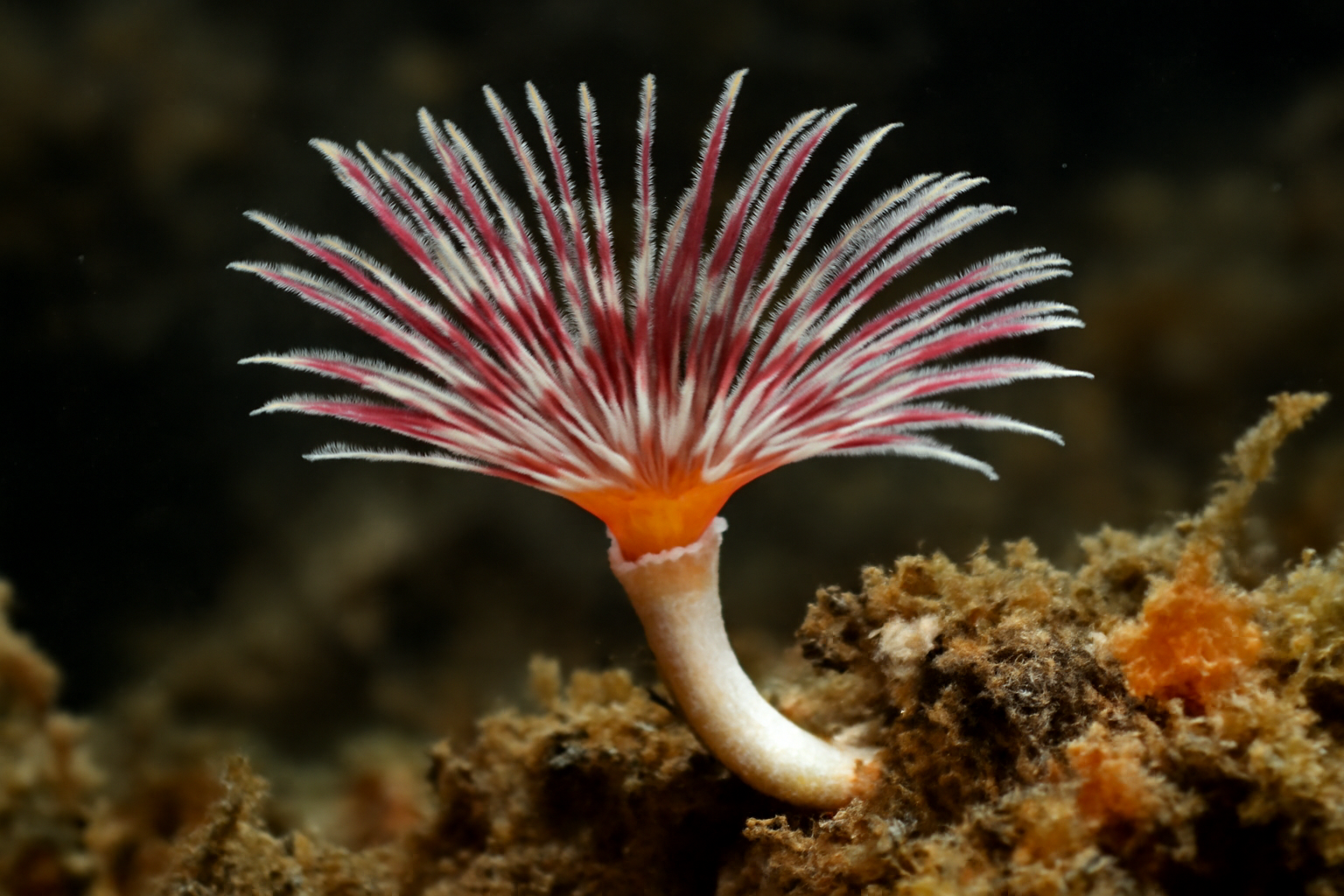
Vermiliopsis [Vermiliopsis]
View DetailsTaxonomy
| Phylum |
Segmented Worms
Annelida
|
|---|---|
| Class |
Polychaetes
Polychaeta
|
| Order |
Sabellida
Sabellida
|
Statistics
- Genera 13